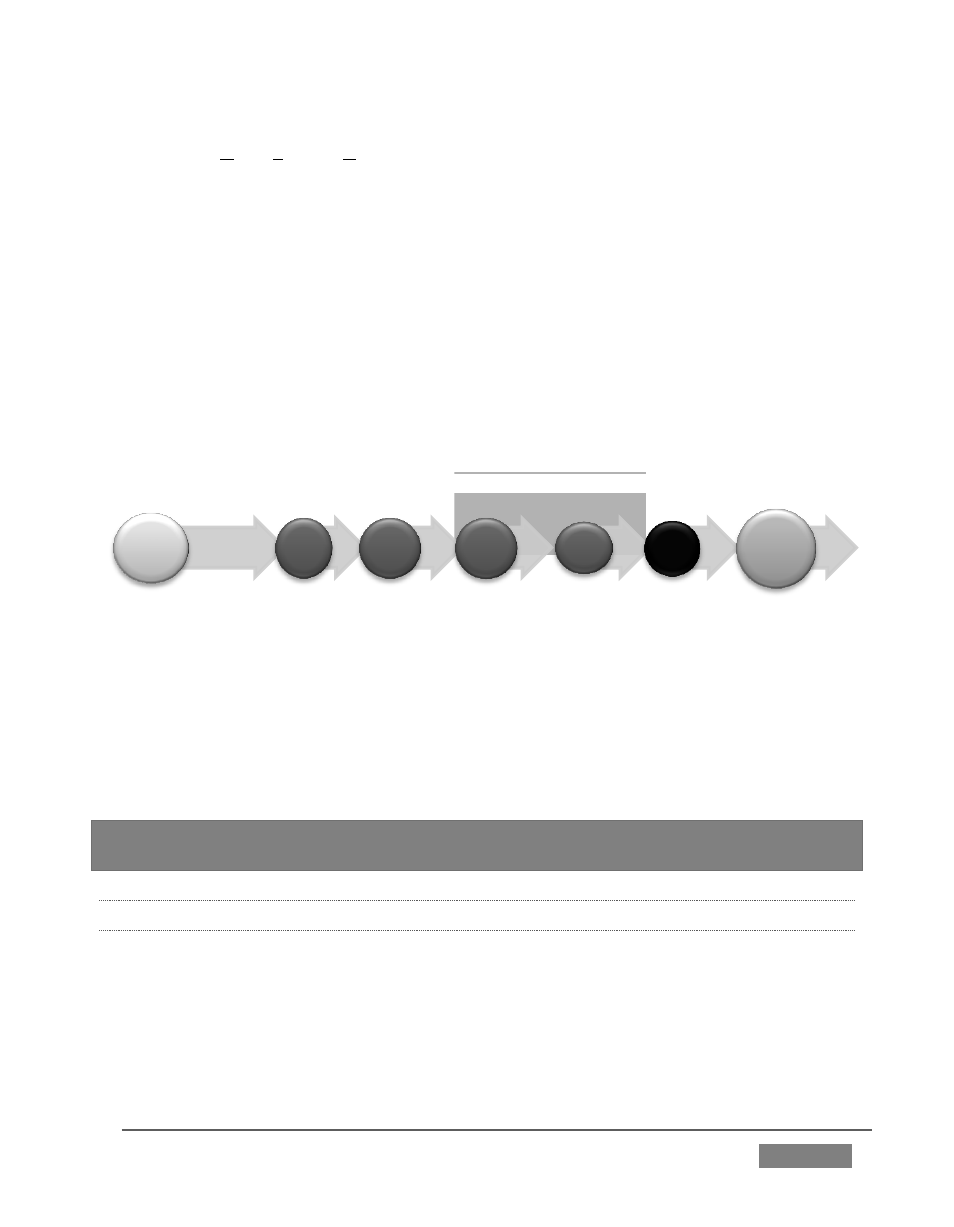1 selecting sources – NewTek TriCaster 8000 User Manual
Page 189

Page | 173
TriCaster 8000 only
DSK (DownStream Keyer, or ‘overlay’) layers may or may not appear above
(or, if you like, in front of) the Background.
DSK layers are typically used for overlaying graphics, titles, etc., though they may
serve other purposes as well. In addition to BKGD, up to five additional ‘primary
layers’ can contribute to TriCaster’s final Program output at any given moment:
Either two or four (TriCaster 8000) overlay layers (DSKs are composed
above the BKGD layer on output. (DSK 2 appears ‘in front of’ DSK 1 on
Program Output – that is, closest to the viewer – and so on in order).
FTB (Fade to Black) constitutes a final overlay layer – one that obscures all
other layers when applied.
Recall, too, that the BKGD layer itself is often a composite of sub-layers:
It may include mixed video from both the Program or Preview rows.
Selecting an M/E as source on Program or Preview can bring many more
sub-layers into the BKGD composite, including the M/E’s primary Inputs and
the dedicated M/E Key layers, which are similar to DSK layers.
Note: Since M/Es are reentrant, the BKGD layer alone can at times reach astronomical
numbers of sub-layers in its composition!
9.2.1 SELECTING SOURCES
Video sources for PGM (Program) and PVW (Preview) rows, of course, are selected
by pressing buttons on those rows. For DSK video layers, source selection is made
using a drop-down menu above the individual DSK layer controls, located at right in
the Layer Control section of the Switcher section.
• Program
• Preview
BKGD
DSK
1
DSK
2
DSK
3
DSK
4
FTB
Program
Out